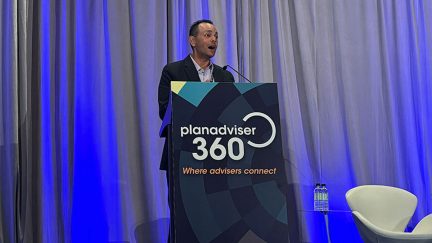Never miss a story — sign up for PLANADVISER newsletters to keep up on the latest retirement plan adviser news.
Everything Benefits Launches 401(k) Integration Solution
EverythingBenefits has launched a new 401(k) integration platform that automates tasks such as communicating payroll data and deferrals, monitoring employee demographics, and managing contributions.
The platform is designed to increase productivity in 401(k) administration, while enhancing compliance by reducing the room for error, according to the firm. Further, all data that needs to be sent to a 401(k) provider can be automatically and securely delivered in the required format.
According to the United States Department of Labor (DOL), the Employee Benefits Security Administration (EBSA) recovered $696.3 million in 2015 for direct payment to plans, participants and beneficiaries. It also closed 2,441 civil investigations, with 67.2% or 1,640 of those cases resulting in monetary results for plans or other corrective action. The firm says these are clear indications of the need for skillful integration and management of compliance-sensitive tasks.
“With such crucial compliance issues at stake for businesses, manually transmitting 401(k) data and files is quickly becoming a thing of the past,” explains Rachel Lyubovitzky, CEO of EverythingBenefits. “Our 401(k) integrations are yet another way that we will help the more than 70 payroll companies we integrate with, and their small- to mid-sized business clients spend less time, money, and resources on benefits administration, and more time focusing on what’s important—enhancing their core business.”
More information is available on the firm’s website.


